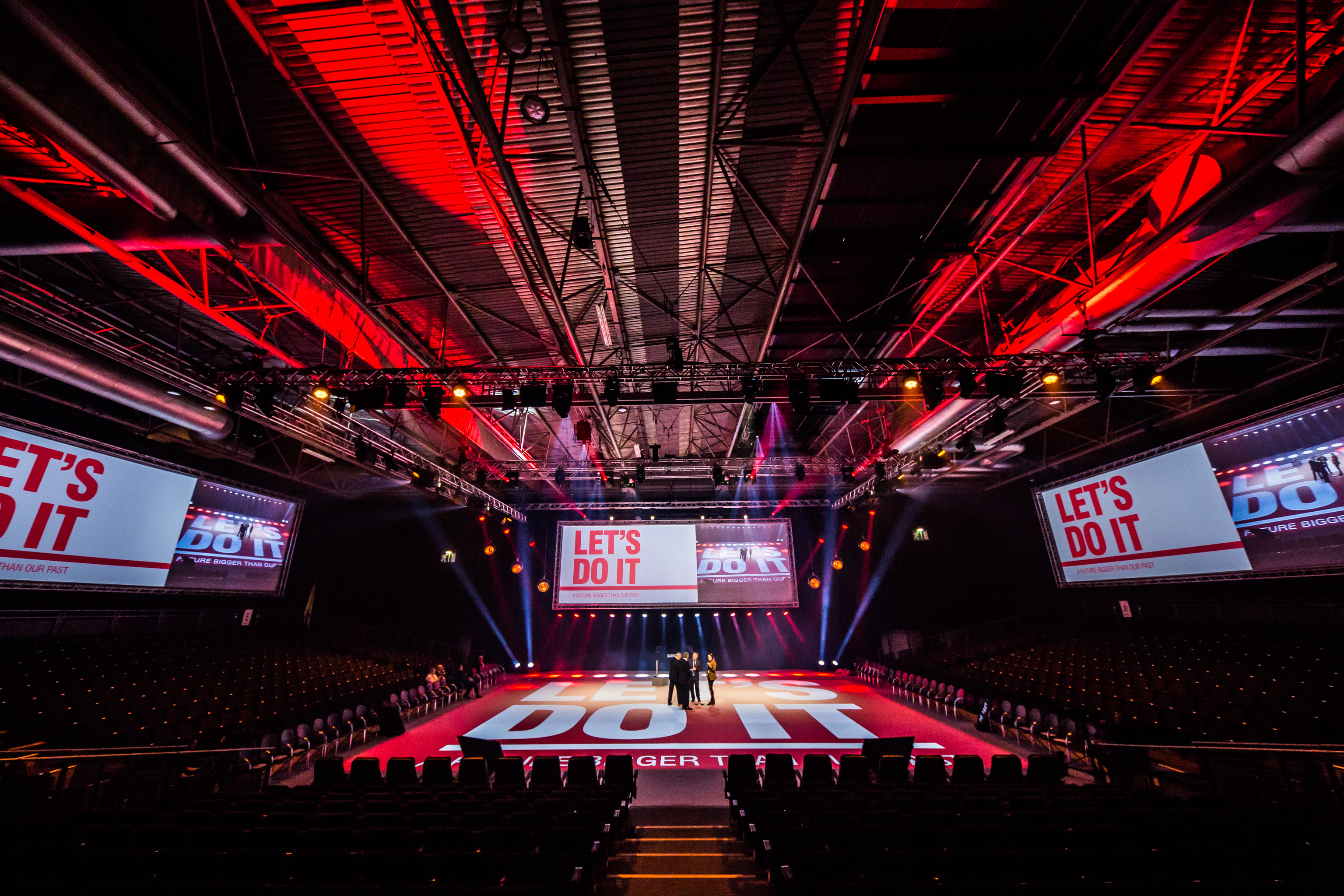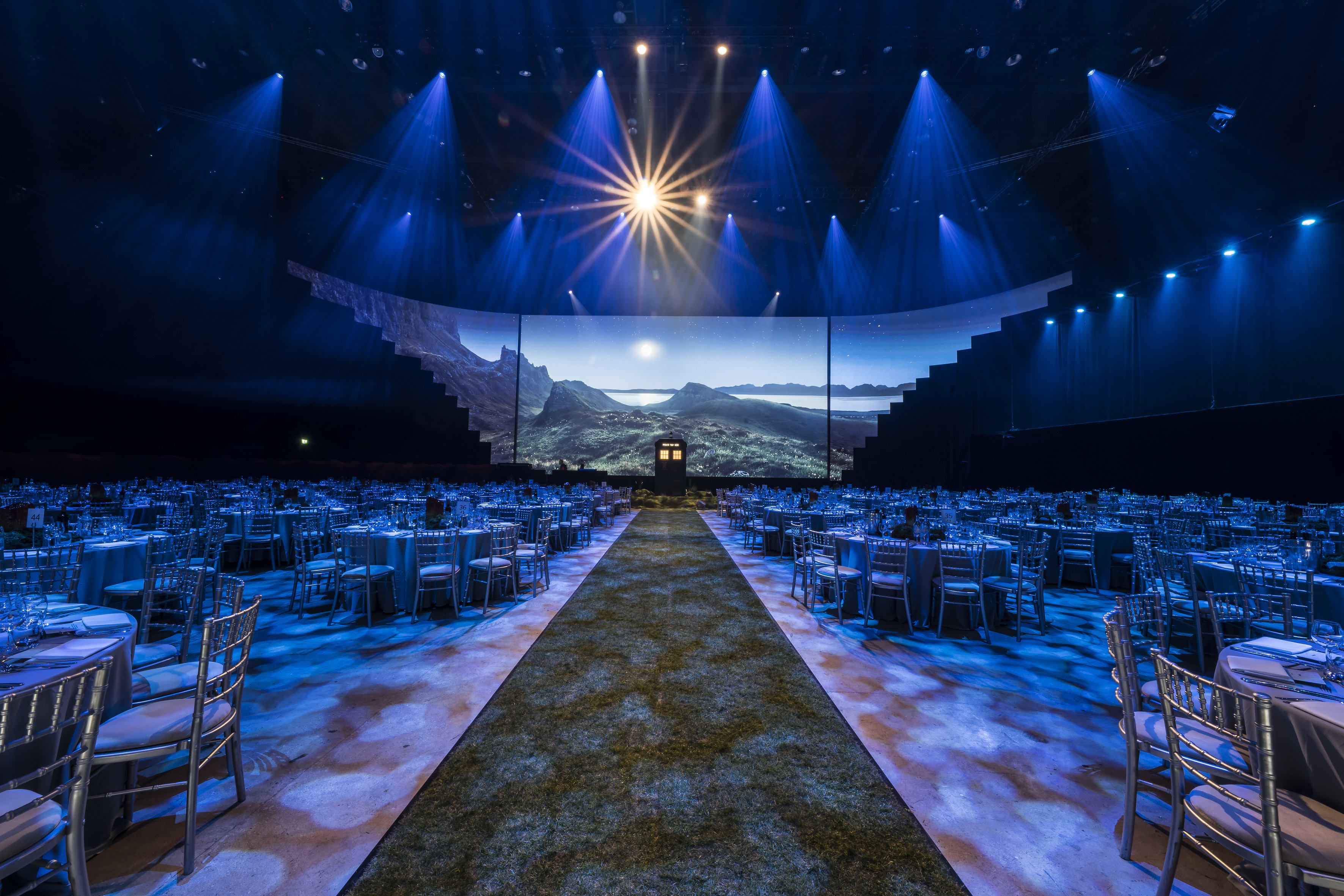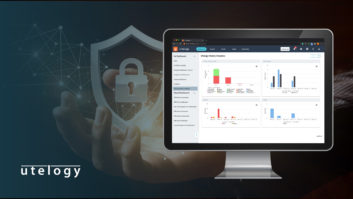
With audiences who use more of their senses to engage at events more likely to remember them, it’s no wonder that event organisers are choosing to bring their messages to life through lighting, sound and visuals.

Hawthorn is an award-winning creative technical event production company offering a comprehensive suite of services, including creative design, production, lighting, audio, video, staging, power distribution and rigging services. Working with long-term clients, Hawthorn is known for producing impressive events that connect technology with creativity.
With over a decade of live event experience, Hawthorn Group’s head of video David Barton shares his top tips for AV professionals looking to guarantee success at their next gig.

1. Know your venue
Every venue is different and each one comes with its own unique set of challenges. Get rid of any unexpected issues by finding out as much information as possible early on in the planning process.
2. Make the extra effort
Are there any load-in/out restrictions? What’s the weight rating of the roof? Are there any issues with sightlines or ambient lighting?
Whilst a site recce does take up time, it’s hugely valuable and something I’d always recommend. Solely looking at the schematics of a venue just doesn’t provide the explicit knowledge that comes from actually setting foot in the location.
3. Communication is key
Any live event, whether a conference, gala dinner or awards ceremony, requires a huge amount of pre-planning and direct communication between departments is vital. You don’t want to be in a position where lighting, sound and video plans come together and you have different equipment sitting in the same place or you find out you have a row of moving lights placed in-between the projector and the screen.
It’s not just the pre-planning stage where communication is key. Clear communication during the show itself is equally as important. All technicians that have input and timing responsibilities throughout the show must be in complete communication with the stage manager or show caller at all times.

4. Content is king
We’ve all heard the old adage that content is king but this is one cliché that I find myself referring to over and over again. You can have the best technical team and the latest AV equipment but if the content isn’t up to scratch then there’s simply no point. From picking the right media servers and playback to choosing between projectors or LED screens, you need to work closely with your client to ensure that the equipment your supplying works for their content.
5. Leave enough time
Always allow a good amount of time to set up. This might sound like a simple one but it’s all too often forgotten in the world of live events. When you’re dealing with large amounts of technical equipment, issues can crop up and it’s far better to be finished early and ready to go rather than having to fix last minute niggles when the guests are walking into the venue. That said, no matter how well prepared you are, things can go wrong and you always need to be prepared to react to issues in real time. Always have a contingency plan on hand to deal with any number of technical problems that may arise during the event.
6. Keep your finger on the pulse
In the ever-changing world of live events, you can never become complacent and to stay ahead of the curve, you need to look to the future. Make sure you’re clued up not only on the latest technology releases but also any trends that look like they’re going to take the event industry by storm. Don’t worry about trying to dig out your crystal ball – trade press, social media and tradeshows are great ways to make sure you – and your clients – can take advantage of any new opportunities.







